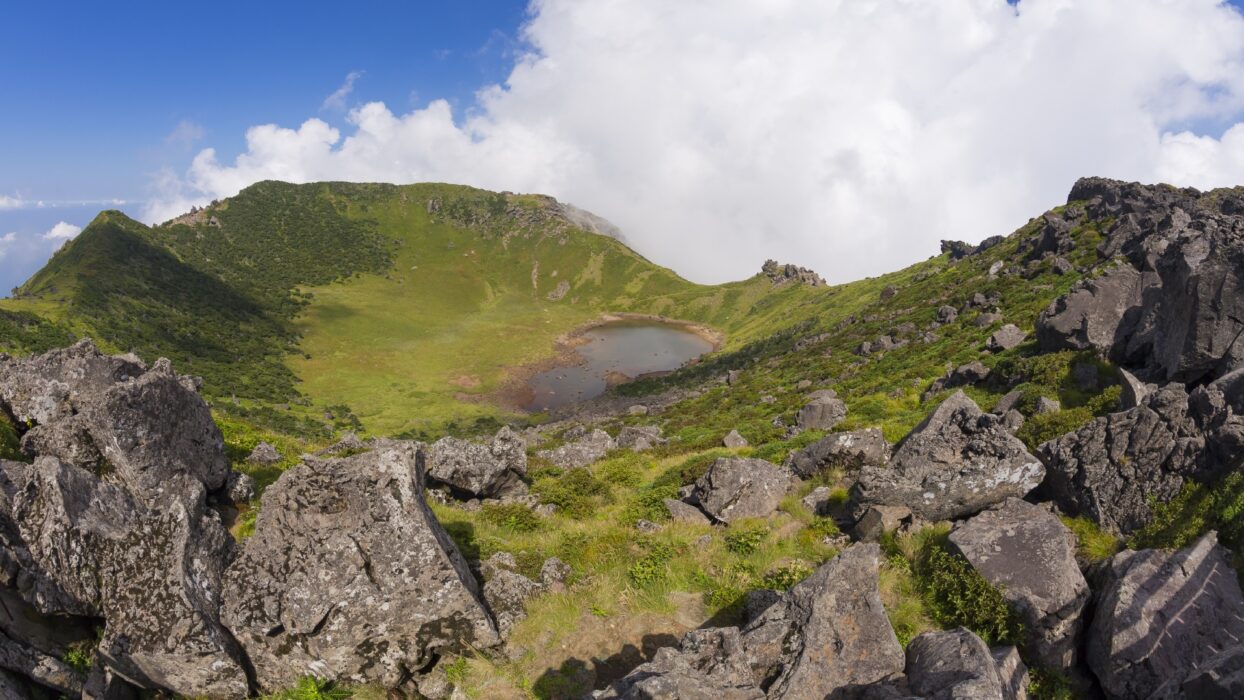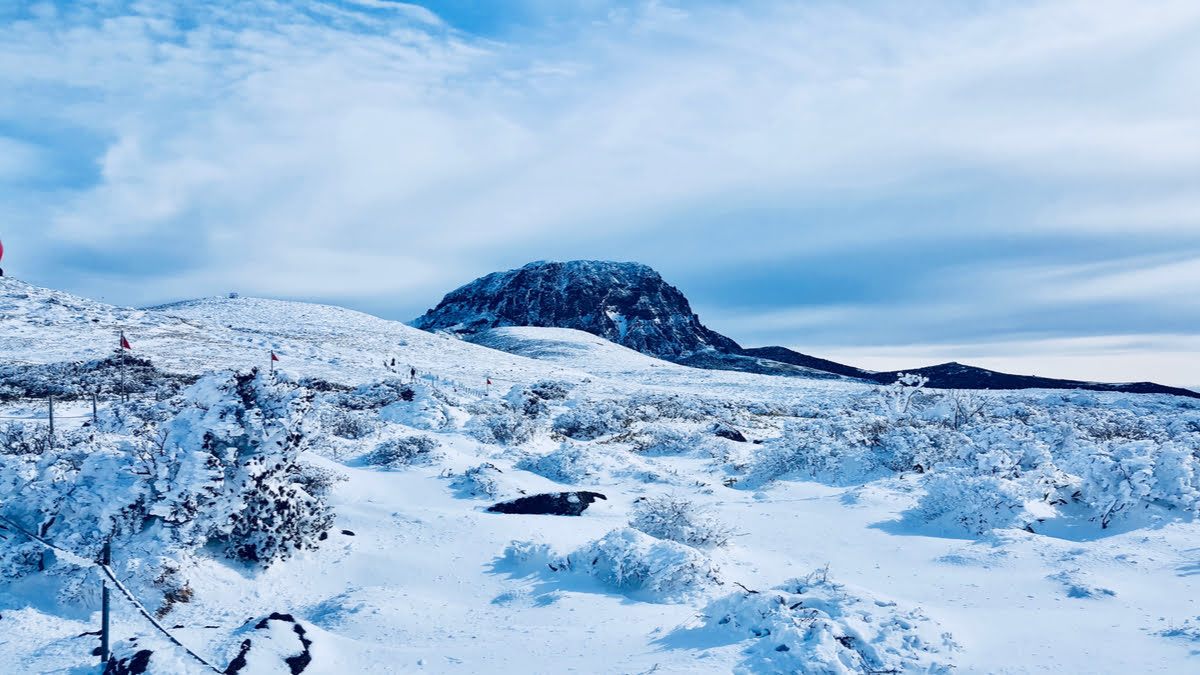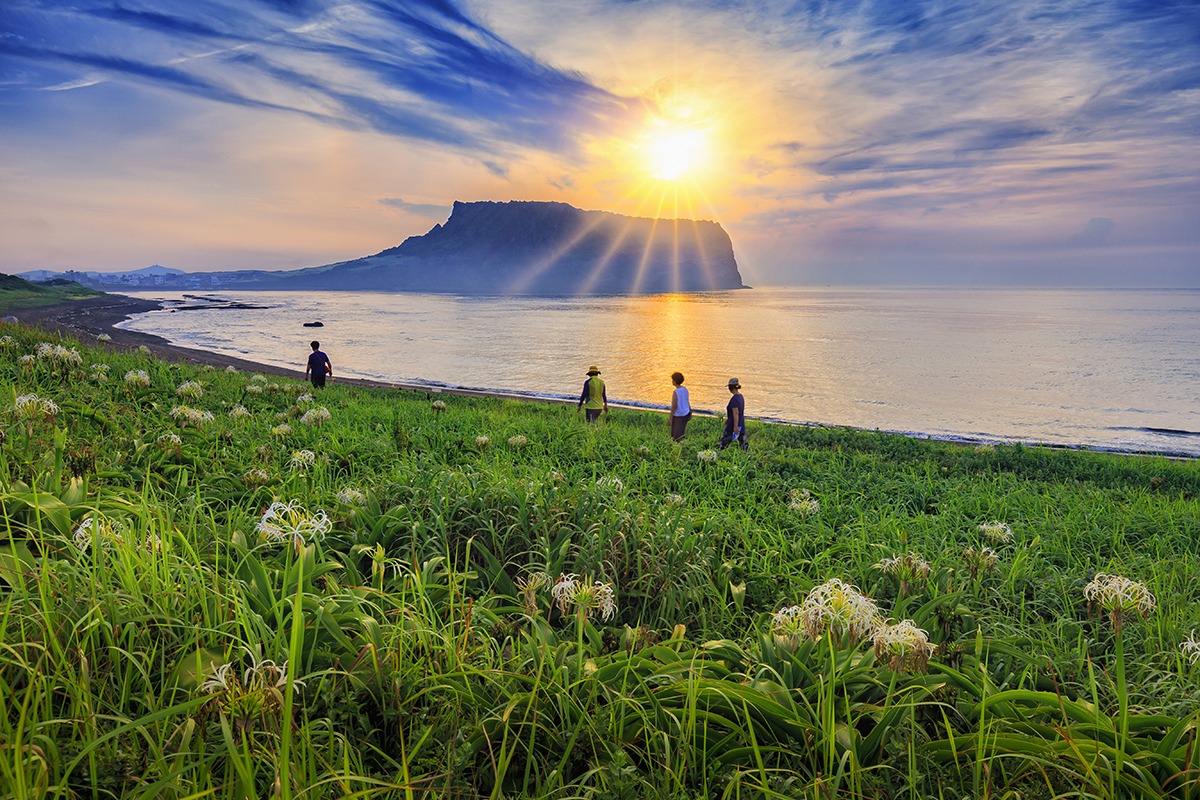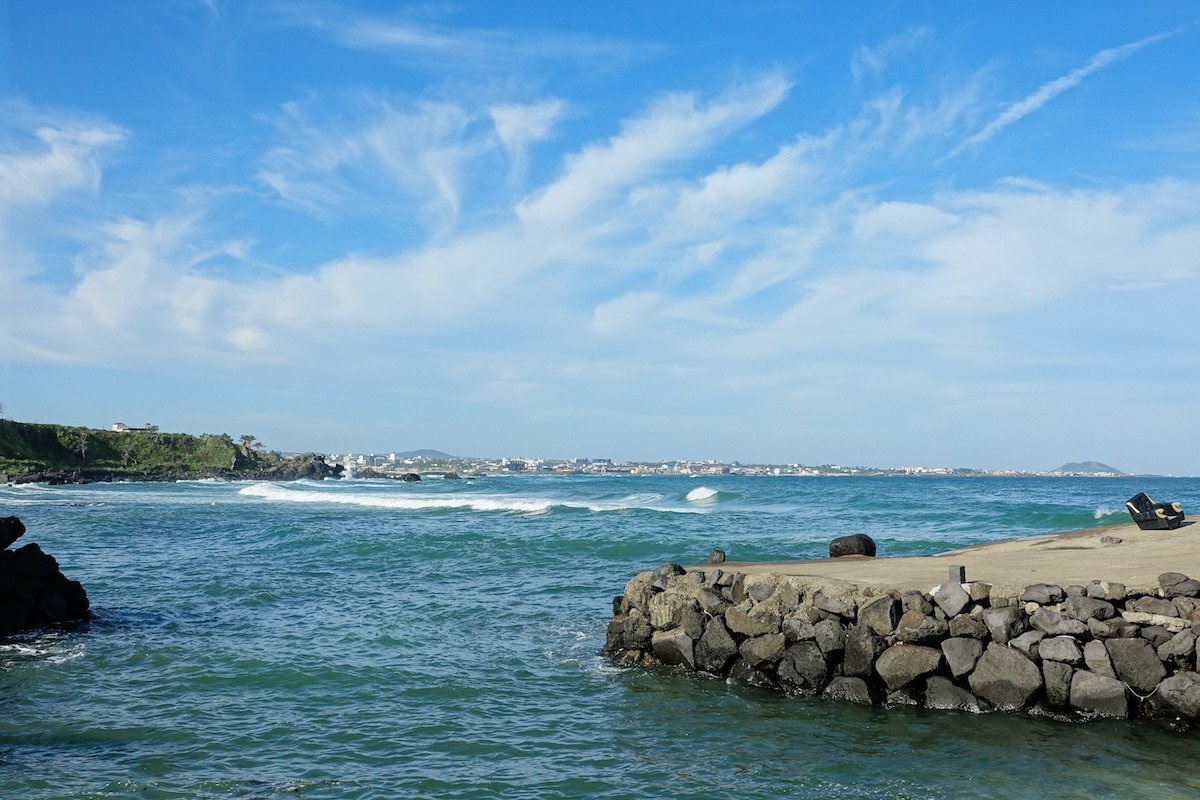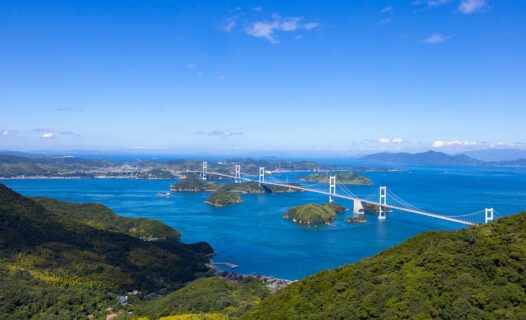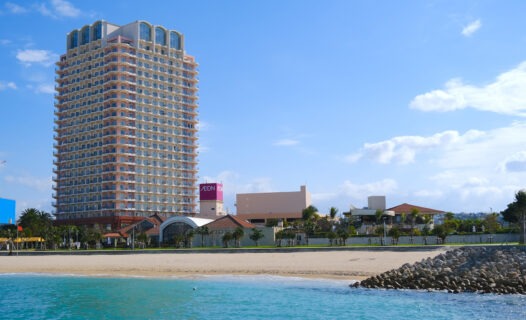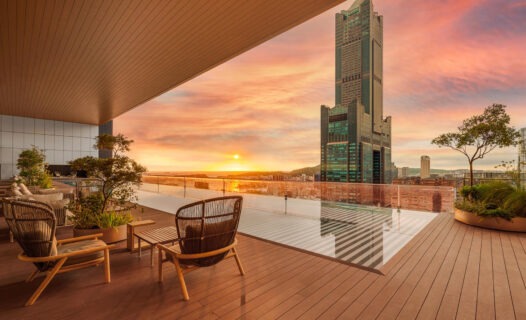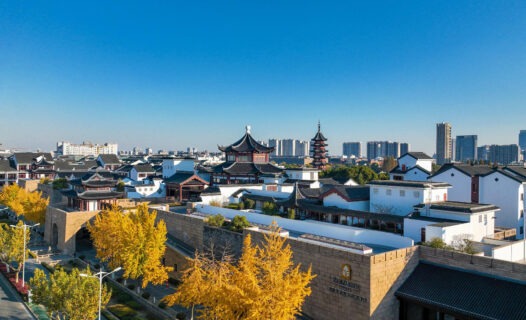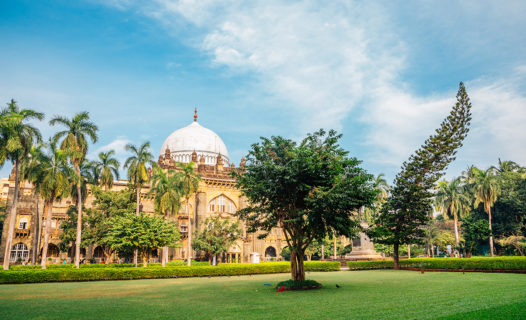Jeju Island, South Korea’s largest island, is a dream destination boasting stunning landscapes, diverse ecosystems, and a unique cultural heritage. Understanding Jeju’s seasonal temperatures and weather patterns is crucial for planning the perfect trip. Whether you’re seeking sun-soaked beaches, blooming cherry blossoms, or hiking adventures, knowing the best time to visit Jeju can greatly enhance your travel experience.
An Overview of Jeju Island’s Climate
Jeju Island enjoys a temperate maritime climate, characterized by mild winters and hot, humid summers. The island’s weather is influenced by its geographical location, surrounded by the Korean Strait and the East China Sea. The seasonal weather on Jeju Island provides a diverse range of experiences throughout the year.
Winter: Tranquil Beauty (December – February)
Winter on Jeju Island is mild compared to mainland Korea. The average temperatures range from 3°C to 10°C. While snow is rare, the winter brings a serene beauty to the island. Crisp air and minimal rainfall make it an excellent time for hiking, especially towards Hallasan Mountain, South Korea’s highest peak, which occasionally has snow-capped views.
Winter is also the season for citrus fruits like Jeju mandarins, making it an ideal time for farm visits. Besides the natural beauty, winter is a time of fewer tourists, offering a peaceful retreat.
Spring: Blossoms and Festivals (March – May)
Spring is one of the most beautiful seasons to visit Jeju Island, with temperatures ranging from 8°C to 18°C. The island comes alive with cherry blossoms and canola flowers, creating a picturesque landscape perfect for photography enthusiasts.
The Jeju Fire Festival, held annually in early spring, is a must-see event, celebrating the island’s agricultural traditions. Another highlight of spring is the Seongsan Ilchulbong sunrise, offering a breathtaking view. The pleasant weather is also perfect for exploring Jeju’s scenic coastlines and trails.
Summer: Sun and Sea Adventures (June – August)
Summer is the peak tourist season in Jeju, with temperatures ranging from 21°C to 30°C. The summer months offer a perfect blend of warm sea temperatures and plenty of sunshine, making it ideal for beach activities. Hyeopjae and Jungmun beaches are popular spots for swimming, snorkeling, and other water sports.
However, summer also brings the monsoon season in late June and July, with high humidity and frequent showers. Packing lightweight and water-resistant clothing is advisable.
Autumn: Mild and Refreshing (September – November)
Autumn is another optimal time to visit Jeju Island, with temperatures ranging from 15°C to 25°C. The weather is mild, with little rain, and the island takes on gorgeous autumn hues. This season is perfect for outdoor activities such as hiking Olle Trails and cycling.
The Jeju Olle Walking Festival, held in autumn, showcases the island’s stunning trails and landscapes. Additionally, the warm sea temperatures from summer linger, making early autumn a good time for beach visits without the summer crowds.
Practical Information for Travelers
Before heading to Jeju, it’s essential to consider some practical details:
- Getting There: Jeju International Airport (CJU) is well connected with direct flights from major cities in South Korea and several international destinations.
- Transport: Renting a car is recommended for exploring the island at your own pace. Buses and taxis are also available but less flexible.
- Language: While Korean is the primary language, many tourist areas have English signage. Learning a few basic Korean phrases can be helpful.
- Currency: The South Korean Won (KRW) is the currency used. Credit cards are widely accepted, but it’s wise to carry some cash for smaller establishments.
- Connectivity: SIM cards and portable Wi-Fi devices are available for purchase or rent at the airport and in Jeju City.
- Weather Preparedness: Always check the weather forecast close to your travel dates to ensure you pack accordingly.
No matter when you choose to visit Jeju Island, understanding its seasonal weather patterns can help you make the most of your trip. From winter hikes to summer beach days, there’s always something incredible waiting for you on this enchanting island.

